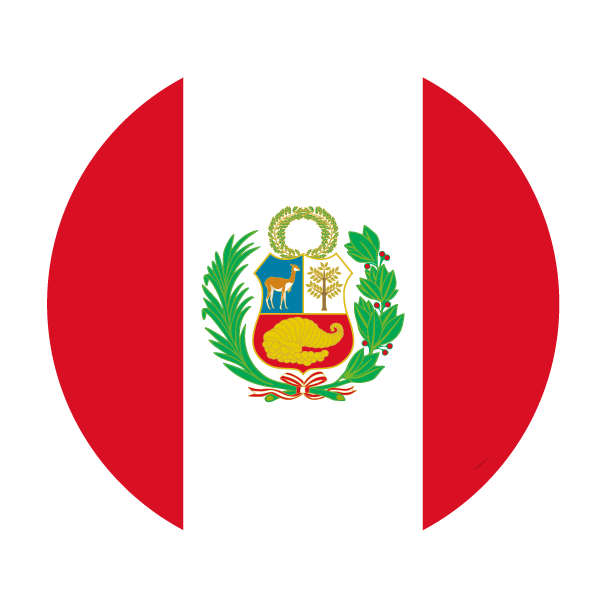Q4 2024: opportunities following the start of monetary normalization
Published on 4 October 2024

After two and a half years of closely tracking inflation trends, following the record levels reached in 2022, the FED implemented its first rate cut, with a magnitude even greater than markets anticipated: 50 basis points instead of the initially expected 25 basis points.
This decision aligns with the Federal Reserve’s updated economic projections, which anticipate lower inflation (2.3%), a higher unemployment rate (4.4%), slightly lower growth (2.0%), and a monetary policy rate closing the year at 4.4%.
With this, inflation ceases to be the main focus of this restrictive period, giving way to economic growth amid a new cycle of monetary normalization.
Soft Landing or Recession Ahead?
The U.S. labor report for July showed an increase in the unemployment rate, which, although not driven by a rise in layoffs, raised concerns. However, sentiment quickly improved as new U.S. consumption and growth data reaffirmed the economy’s health.
In reviewing the likelihood of a recession in the last quarter of the year, we see that the global economic cycle remains in expansion, despite recent cooling in developed economies. Additionally, with the FED’s rate cut, the likelihood of a recession over the next 12 months decreases.
A monetary easing with contained inflation bolsters our expectation of a soft landing, considering that the economy remains positive and is now boosted by lower interest rates.
What Investment Opportunities Does This New Scenario Offer?
Although we have adjusted our rate cut expectations for this year, now anticipating 100 basis points in cuts for the remainder of the year, we do not see much room for rate drops in the longer segments of the curve, so we remain neutral on duration within global fixed income.
In risk scenarios, we consider it appropriate to reduce credit exposure in fixed income, favoring Treasuries.
Additionally, we believe that rate cuts within an economically strong context should favor risk assets; therefore, we continue to prefer equities over fixed income.
The past 12 months’ returns on risk assets for developed countries have been outstanding, especially when comparing the performance of international fixed income and equities from emerging markets.
In the U.S., as long as consumption remains strong—which is likely in a full-employment context—we believe that corporate growth and earnings will remain healthy.
Furthermore, historically, the last quarter of previous years has shown better average returns, so we continue to see opportunities in developed market equities for the fourth quarter.
We do not rule out further episodes of volatility due to U.S. unemployment data or corporate earnings reports; however, amid a rate-cutting environment with contained inflation and activity risks, volatility could present entry opportunities.












